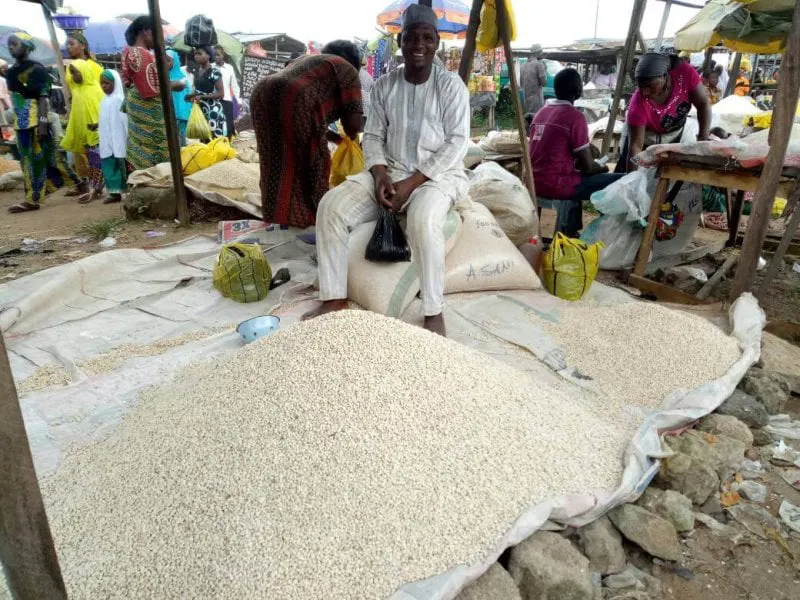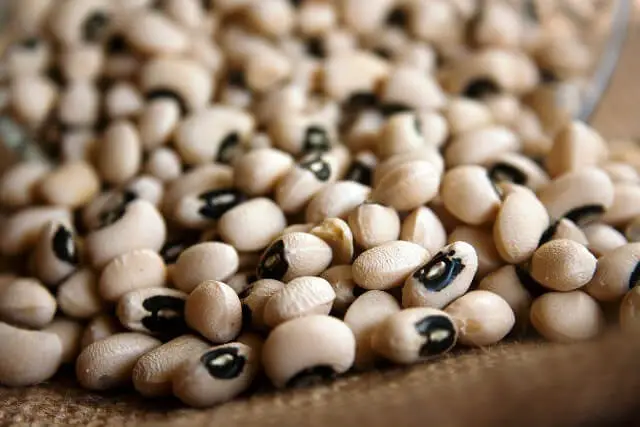3 pioneering African nations embrace gene editing to boost food security, farmer incomes
3 pioneering African nations embrace gene editing to boost food security, farmer incomes


To aid this advance, the three African nations have made significant progress in establishing guidelines to regulate gene editing and gene drive, whereas other countries are taking the direction of case-by-case regulation.
‘‘Each [African Union] member state needs to amend their existing laws and regulations to accommodate for the new emerging technologies, such as genome editing and gene drive, to make it legal binding for every member state to make progress,’’ said Olalekan Akinbo, senior program officer of the African Union Development Agency (AUDA-NEPAD).
Currently, all the member states are at different stages in developing a regulated framework for the application of modern biotechnology. Nigeria, for example, passed its biosafety regulation in 2015 and has since adopted two genetically modified (GM) crops: insect-resistant Bt cotton and Bt cowpea.

Kenya, in its drive to become a middle-income country, is strengthening its biosafety framework to facilitate the adoption of crops developed through the tools of biotechnology. Kenya is now leading African countries since it has begun drafting guidelines to regulate gene-edited products, using procedures in Argentina as a model. The draft guidelines define what needs to be regulated, what is partially regulated and what is not regulated at all.
“We now have a regulatory draft that can be presented to wider stakeholders,” said Prof. Dorington Ogoyi, chief executive officer of Kenya’s National Biosafety Authority (NBA). “It gives a roadmap on how we want to regulate gene-editing.”
When it comes to genome editing, the technology was still in the early stages of discovery when Kenya enacted its biosafety regulations in 2011. Since the regulations do not specifically address this technology, Kenya needs to develop policies to regulate genome edited products.
The NBA received two gene editing applications in late 2018 that focused on improving banana and yam to resist two destructive plant viruses. “We allowed the project to continue under contained use regulations,” Ogoyi said. Other gene editing research efforts are focused on making pigs resistant to Africa swine fever and sorghum that is resistant to the plant pest striga. Overall, six applications on genome editing have been approved at the research level and one application is pending.
In pursuing its development agenda, the Kenyan government established centers of excellence in biotechnology research and product development in higher learning institutions and research centers to help deliver GM crop varieties to farmers for commercial production.
The revelation was made by Dr. Evans Mwangi, at a recent biosafety conference held virtually in Kenya.
‘‘So far, the pace is remarkable, with commercialization of Bt cotton placing Kenya among the frontrunners in uptake of technologies in Africa,” Mwangi said. “This will go a long way in creating jobs for the youth and boosting food production.”
Ogoyi said that under Kenya’s biosafety regulatory framework, which was established in 2009, a number of research projects have been carried out to improve crops and livestock in order to increase productivity.
‘‘To date, the authority has approved 32 contained use applications, 14 confined field trials and two products — insect-resistant Bt maize and Bt cotton — approved for limited environmental release in 2018. Cotton has since been approved for commercialization and placement on the market,” Ogoyi said.
The biosafety authority and relevant regulatory institutions will conduct post-release monitoring of Bt cotton for 10 years. After 10 years, the applicant can apply for renewal for another 10 years, said Prof. Theophilus Mutui, formerly the NBA’s acting director for technical services and now managing director of the Kenya Plant Health Inspectorate Service (KEPHIS). “After 20 years if there are no adverse effects detected during cultivation, we can say that the crop is no longer regulated under the Biosafety Act. But it is regulated under other government bodies, including KEPHIS.”
Conference participants and experts agreed that biosafety regulations play a critical role in reassuring consumers about the safety of products derived from biotechnology, thus building consumer trust and confidence.
Verenardo Meeme is an independent science journalist and content producer for various media outlets in sub-Saharan Africa, including the UK-based Science and Development Network (SciDev.Net). Follow him on Twitter @vanmeeme
A version of this article was originally posted at the Cornell Alliance for Science and has been reposted here with permission. The Cornell Alliance for Science can be found on Twitter @ScienceAlly

 | Videos | More... |

Video: Nuclear energy will destroy us? Global warming is an existential threat? Chemicals are massacring bees? Donate to the Green Industrial Complex!
 | Bees & Pollinators | More... |

GLP podcast: Science journalism is a mess. Here’s how to fix it

Mosquito massacre: Can we safely tackle malaria with a CRISPR gene drive?

Are we facing an ‘Insect Apocalypse’ caused by ‘intensive, industrial’ farming and agricultural chemicals? The media say yes; Science says ‘no’
 | Infographics | More... |

Infographic: Global regulatory and health research agencies on whether glyphosate causes cancer
 | GMO FAQs | More... |

Why is there controversy over GMO foods but not GMO drugs?

How are GMOs labeled around the world?

How does genetic engineering differ from conventional breeding?
 | GLP Profiles | More... |

Alex Jones: Right-wing conspiracy theorist stokes fear of GMOs, pesticides to sell ‘health supplements’




 Trust issues: What happens when therapists use ChatGPT?
Trust issues: What happens when therapists use ChatGPT? Fighting deforestation with CO2: Biotechnology breakthrough creates sustainable palm oil alternative for cosmetics
Fighting deforestation with CO2: Biotechnology breakthrough creates sustainable palm oil alternative for cosmetics California, Washington, Oregon forge immunization alliance to safeguard vaccine access against federal undermining
California, Washington, Oregon forge immunization alliance to safeguard vaccine access against federal undermining Viewpoint — Fact checking MAHA mythmakers: How wellness influencers and RFK, Jr. undermine American science and health
Viewpoint — Fact checking MAHA mythmakers: How wellness influencers and RFK, Jr. undermine American science and health 30-year-old tomato line shows genetic resistance to devastating virus
30-year-old tomato line shows genetic resistance to devastating virus Viewpoint: Video — Big Solar is gobbling up productive agricultural land and hurting farmers yet providing little energy or sustainabilty gains
Viewpoint: Video — Big Solar is gobbling up productive agricultural land and hurting farmers yet providing little energy or sustainabilty gains The free-range chicken dilemma: Better for birds, but with substantial costs
The free-range chicken dilemma: Better for birds, but with substantial costs ‘You have to treat the brain first’: Rethinking chronic pain with Sanjay Gupta
‘You have to treat the brain first’: Rethinking chronic pain with Sanjay Gupta
